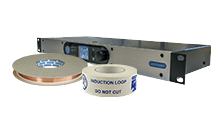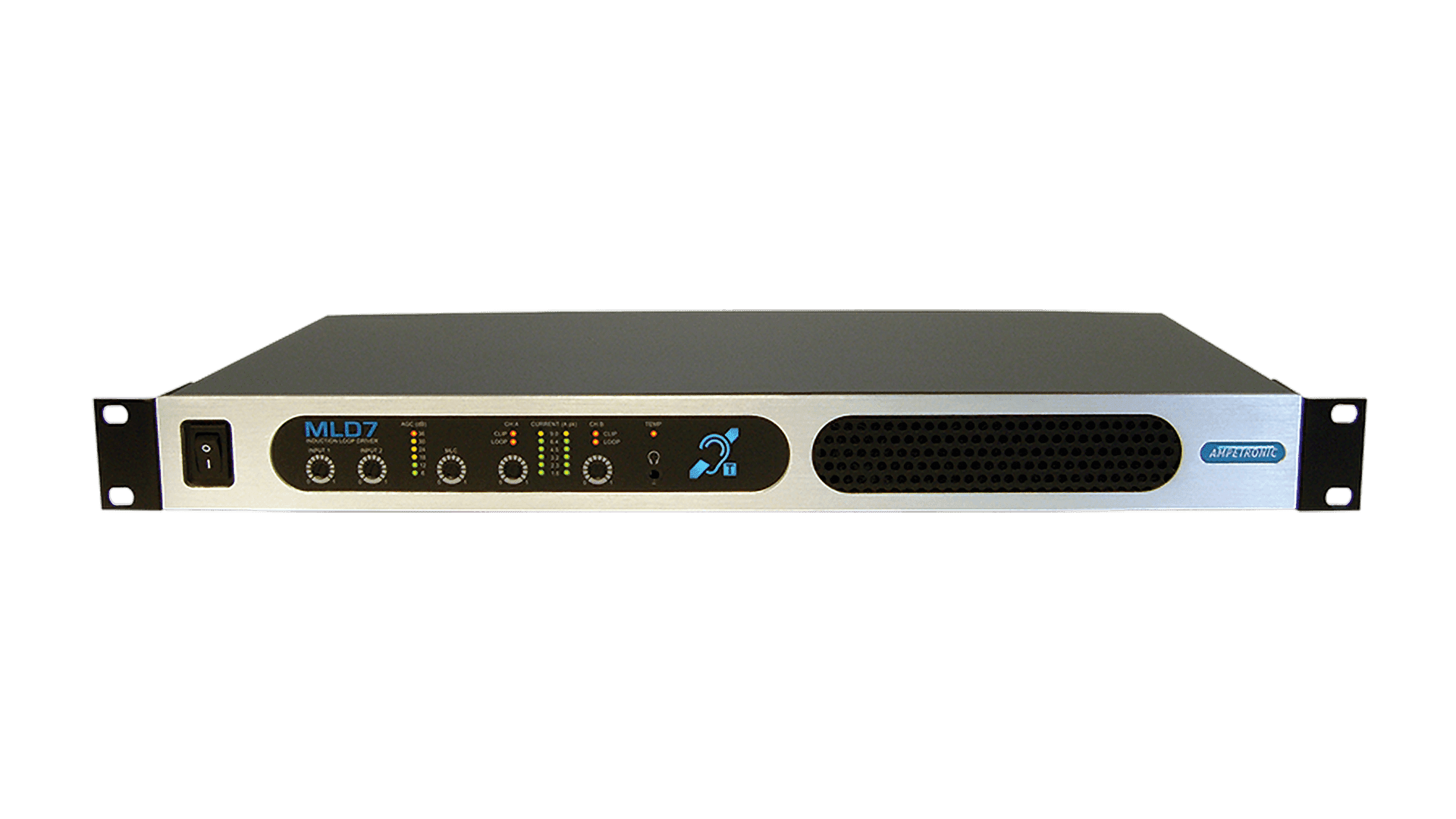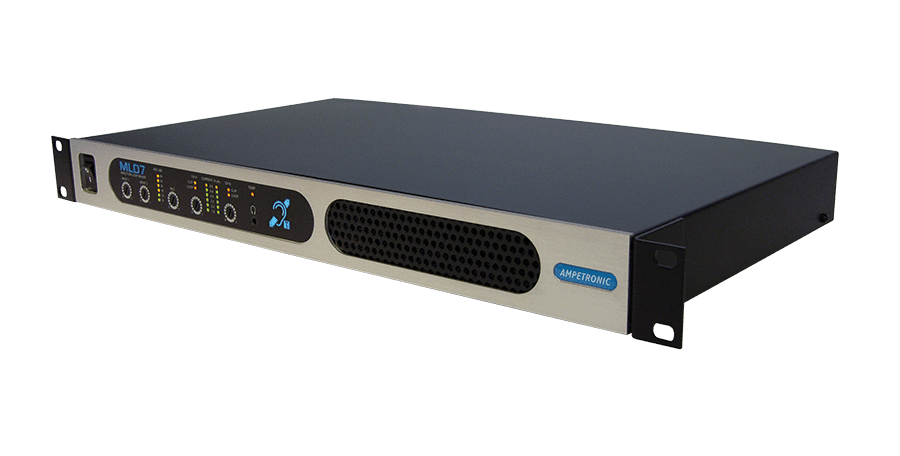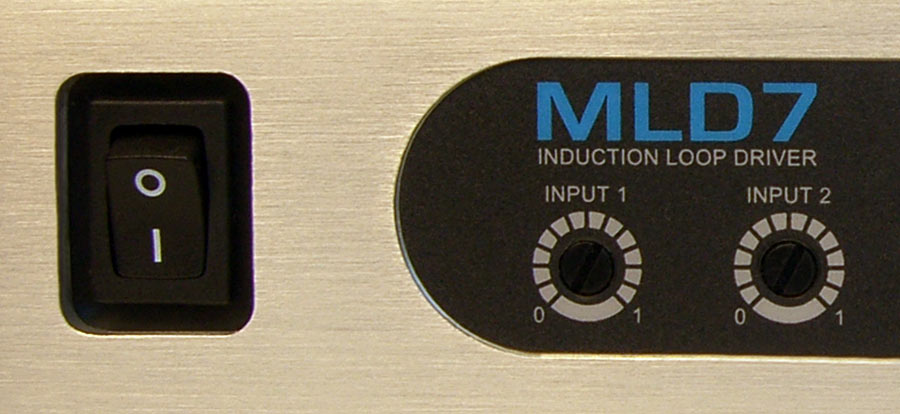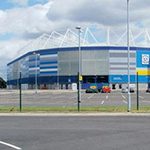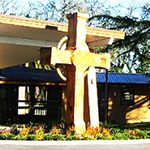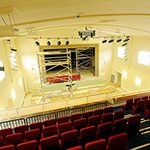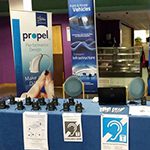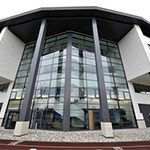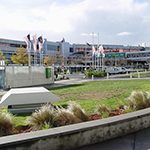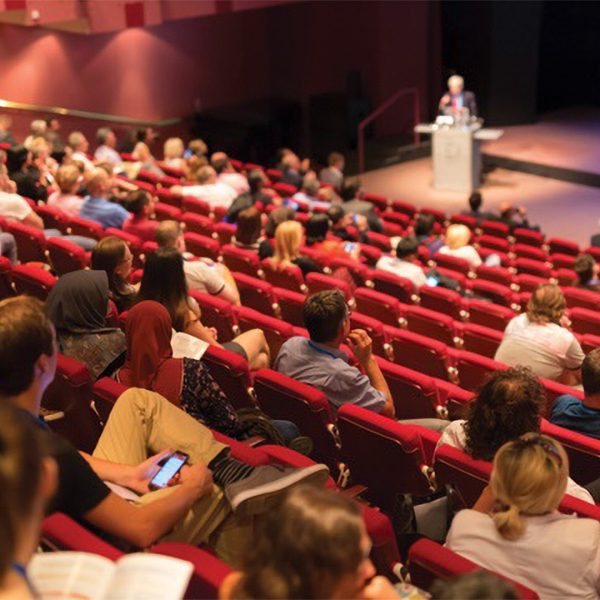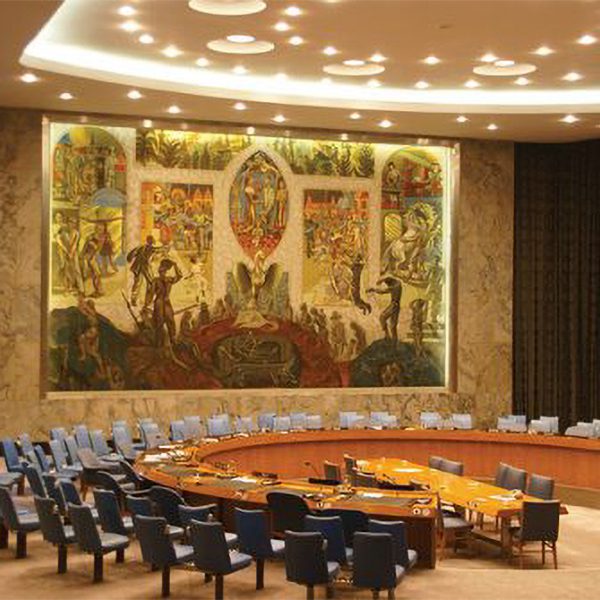The MLD7 is part of the new benchmark range for professional audio induction loop systems. The elegant, sturdy units feature the most compact and most robust design on the market, requiring only a single 19” rack mount.
The MLD7 is capable of driving a wide variety of multiple loop configurations from multiple simple loops to phase shifted array systems for the most challenging requirements. With an Ampetronic MultiLoop™ Low Loss design, the MLD7 will drive an area up to 840m2, or can be used to drive two perimeter looped areas of up to 700m2 each.
Designed to provide optimum efficiency and ample current for Standard compliant field strength, coupled with unmatched voltage headroom to ensure crystal clear sound reproduction without clipping or distortion at practical loads. MLD units are built to our exacting standards and are backed by our 5 year warranty.
MultiLoop™ Applications
The flexibility of Ampetronic MLD units allows each output channel to drive separate loops, or two drive two overlaid loop patterns, with or without the selectable phase shift between the two channels.
Two separate simple area loops (or perimeter loops) can be driven at the same phase or with 90° phase shift. This can be used to cover large areas with no metal losses, or multiple different areas in the same facility.
Two loop layouts can be driven configured as multiple loop segments with or without phase shift. Simple array, low loss array or low spill array designs can create different performance to optimise field strength over any area, and minimise loop ‘spill’ for adjacent systems or for confidentiality.
Contact Ampetronic for free advice on all loop applications, design tools and support are available to check the expected performance for your application. Most commonly used design types are low loss and low spill:
MultiLoop™ Low Loss Systems are used to:
- Compensate for high losses due to metal structures
- Drive large areas where perimeter loops cause too much variation
MultiLoop™ Low Spill Systems are used to:
- Perform the same tasks as a Low Loss systems, but also minimise ‘spill’
– confines signal to within 1.5m of looped area, suitable for adjacent rooms e.g. cinemas, classrooms, or confidential applications.
Applications include
- Conference facilities
- Stadia & Sports Halls
- Cinemas & Theatres
- Courts & Confidentiality
- Classrooms & Lecture Halls
- Airports & Railway Stations
Product Code:
The MLD7 MultiLoop driver is now obsolete - please see C7-2 MultiLoop hearing loop driver


